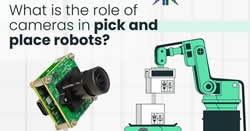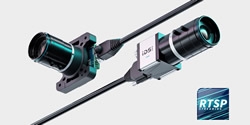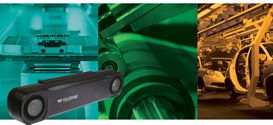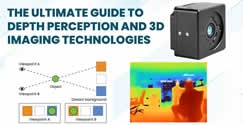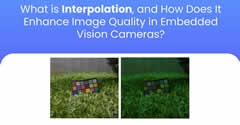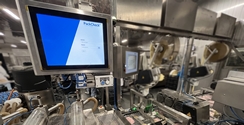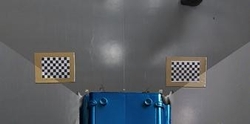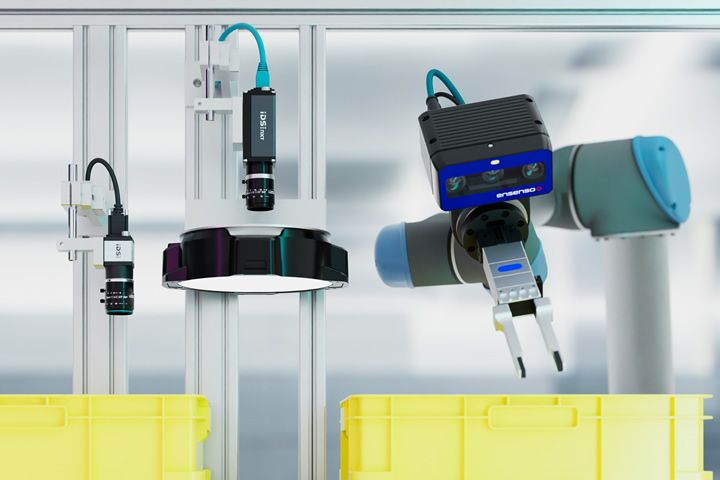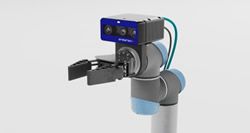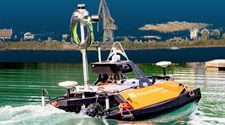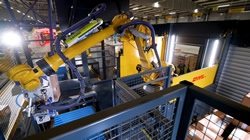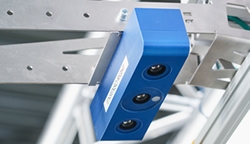What is the role of cameras in pick and place robots?
Automate 2025 Q&A with IDS Imaging
AI-Driven Grasp Depth Estimation
Real-Time, High-Resolution Stereo Vision for Industrial Robotics
The Ultimate Guide to Depth Perception and 3D Imaging Technologies
What is Interpolation? Understanding Image Perception in Embedded Vision Camera Systems
Machine Vision meets every taste
How NVIDIA Jetson AGX Orin™ helps unlock the power of surround-view camera solutions
6 Ways AI is Improving Robot Perception and Navigation
See more, automate better: IDS at the SPS 2024
2D cameras for positioning and inspecting ultra-fine wires in semiconductor production
Stereo vision camera provides 3D information from a distance of approx. 20 centimeters
Picking the right chart - (Semi-)Autonomous surface and underwater mapping for rivers and lakes
Pallet by pallet - Intelligent robotic vision system destacks up to 800 objects per hour
The Core of Optimizing Robotic Performance: Sensors in Warehousing
Records 16 to 30 of 176
First | Previous | Next | Last
Featured Product
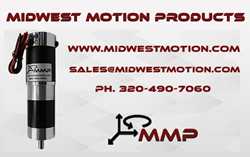
Midwest Motion Products is a leading provider of robust and reliable Motion Control Products.
Robotics and Automation - Featured Company


